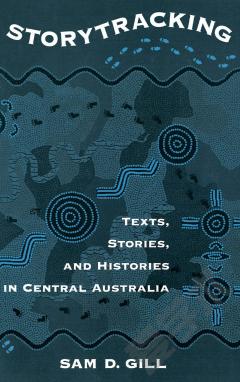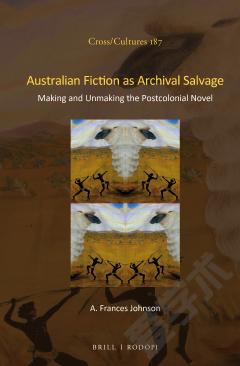Storytracking —— Texts, Stories, and Histories in Central Australia
----- 故事讲述:澳大利亚中部的文本,故事和历史
This innovative work takes a narrative technique (known as "storytracking") practised by Australian aboriginal peoples and applies it to the academic study of their culture. Gill's purpose is to get as close as possible to the perceptions and beliefs of these indigenous peoples by stripping away the layers of European interpretation and construction. His technique involves comparing the versions of aboriginal texts presented in academic reports with the text versions as they appear in each report's cited sources. The comparison helps reveal the extent to which the text is transformed through its presentation. Gill follows the chain of citations along, uncovering the story, or as he calls it the "storytrack," that interconnects scholar with scholar-independent subject. The storytrack reveals the various academic operations-translations, editing, conflation, interpretation-that serve to build a bridge connecting subject and scholarly report. Gill begins by examining Mircea Eliade's influential analysis of an Australian myth, "Numbakulla and the Sacred Pole". He goes back to the field notes of the anthropologists who originally collected the story and by following the trail of publications, revisions, and retellings of this tale is able to show that Eliade's version bears almost no relation to the original and that the interpretations Eliade built around it is thus entirely a European construct, motivated largely by preconceptions about the nature of religion. By applying this method to other received texts of aboriginal religion, Gill is able to bring us closer than ever before to the worldview of this vanishing culture. At the same time, his work constitutes an important statement on and critique of the academic study of religion as it has traditionally been practised.
{{comment.content}}








 京公网安备 11010802027623号
京公网安备 11010802027623号